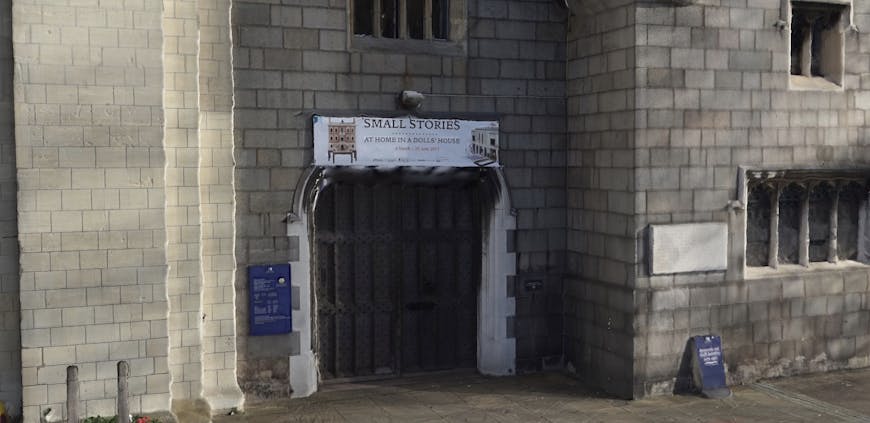Reality Capture Adds Built-in Support for Sharing 3D Models with Cesium ion
RealityCapture has joined the growing list of programs that plug directly into Cesium ion. Nearly a dozen platforms, including Safe FME, Blender, and 3ds Max, have recently added integrations to Cesium ion. With its curated global datasets, secure cloud hosting, and robust 3D tiling pipelines, ion is the centerpiece that connects data providers and developers with users.
RealityCapture’s integration with Cesium ion was added in their latest release, allowing you to share your 3D models on the web with a single click.
It works by uploading the model to your Cesium ion account where it is tiled into 3D Tiles. This allows you to embed your photogrammetry models on the web or visualize them on mobile devices, even if they have millions of triangles, since higher levels of detail are streamed in as you navigate the scene.
Norwich Castle, generated in RealityCapture and visualized with Cesium. Data captured by ©Jasper Mink, ©Terradrone Europe.
We’re excited about this integration because it creates an end-to-end workflow—from drone photos to a web-based visualization in a geospatial context. The fact that the original detail is preserved makes it ideal for inspections, since you can email all your stakeholders a link, and be confident that the model they’re seeing represents the highest fidelity that was captured.

With Cesium, it’s possible to share this photogrammetry model online without simplifying it: you can even read the sign over the door in this model of Norwich Castle!
If you have a copy of RealityCapture, this tutorial walks you through how to try this with your own models.
Check out our integration guide to learn about how to connect your tools with Cesium ion to give your users an easy way to share their large 3D models or LiDAR data, or display it in a geospatial context.